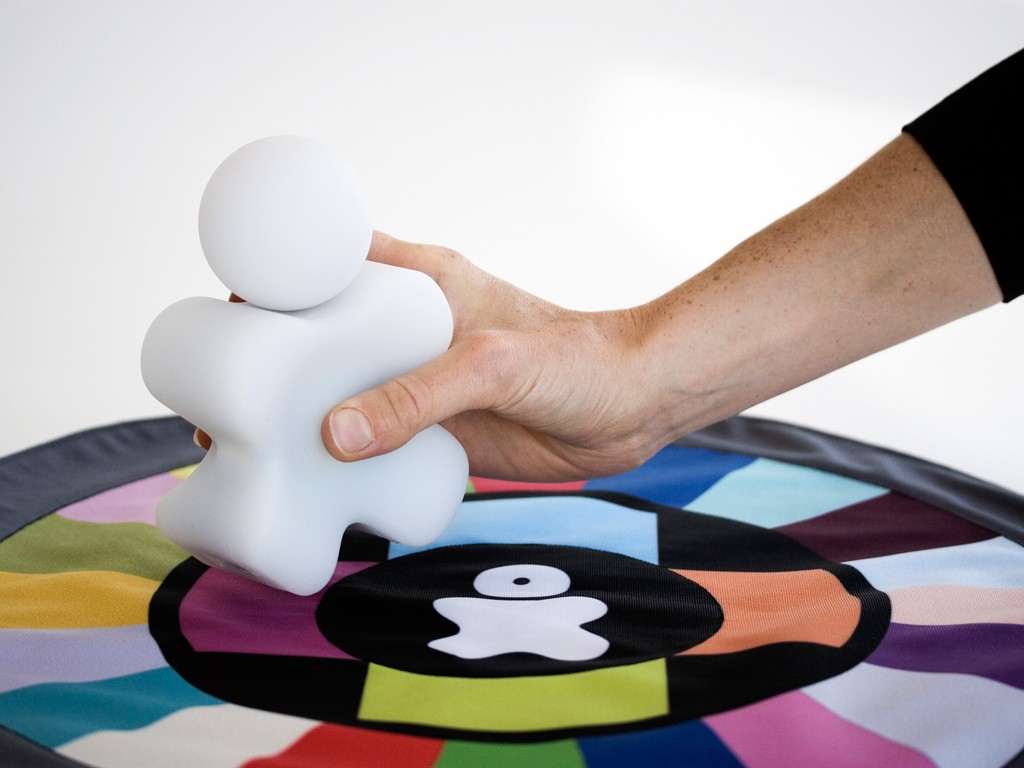The project Scottie researched the possibilities of using information and communication technology to create virtual intimacy between long-stay absentees and their primary social contact group.
Non-verbal, implicit forms of communication are essential in keeping intimate relationships. The widespread technology for distant communication like SMS, chat, e-mail and telephony are all less of use as substitute for implicit and tactile real life communication within intimate relations. How to facilitate those small, mostly unconscious, expressions of affection and intimacy with innovative media like a pat on a childs' head by a mother, a consenting nod, but also a teasing sister?
In the project Scottie prototypes were being developed for children aged between 13-15 who are hospitalized for a longer period. Contacts with children in hospitals are now mainly physical, planned visits with explicit communication. Research question were:
- But how to maintain, next to their new role of 'being in hospital', their existing roles as class mate, brother or son?
- How to personalize communication in an affectionate way, while being distant?
- When designing these forms of communication, how to use the dynamical surroundings?
- Can communication be less explicit or cognitive (text, sound or image) and be more implicit and affective by using change of colours, sound, form, location or temperature in the design?
In this project, research was done with partners to find new combinations of smart materials, wireless communication technology, wearables and sensor technology.
The development of Scottie was continued within the GATE programme (Game Research for Training and Entertainment).
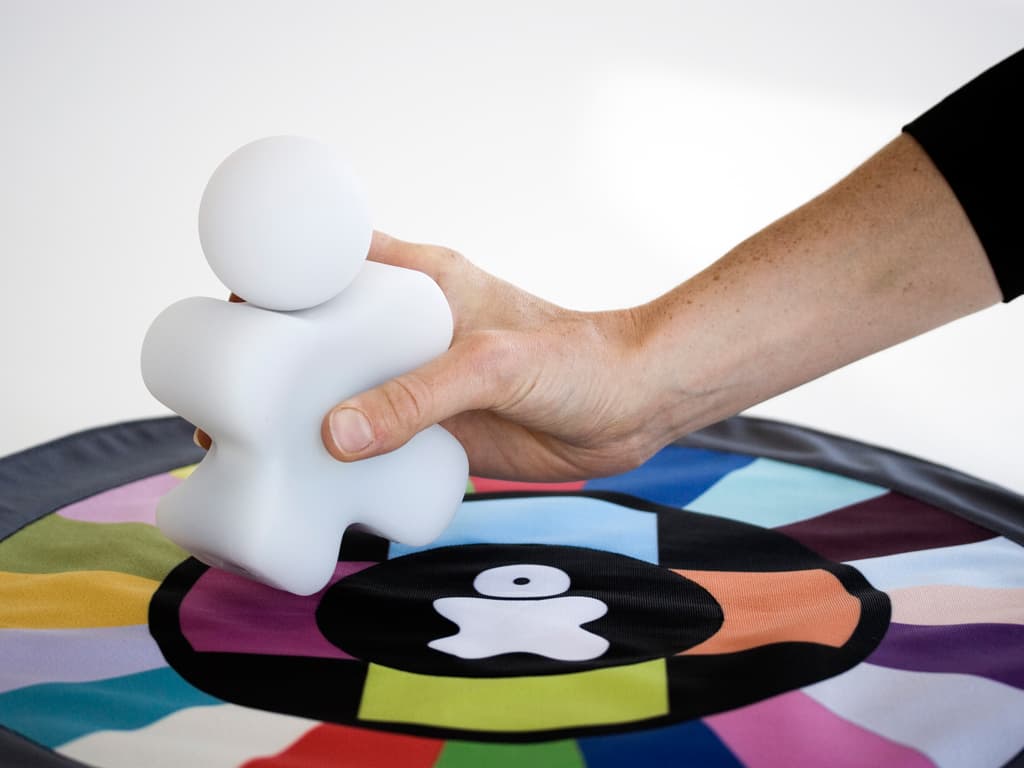
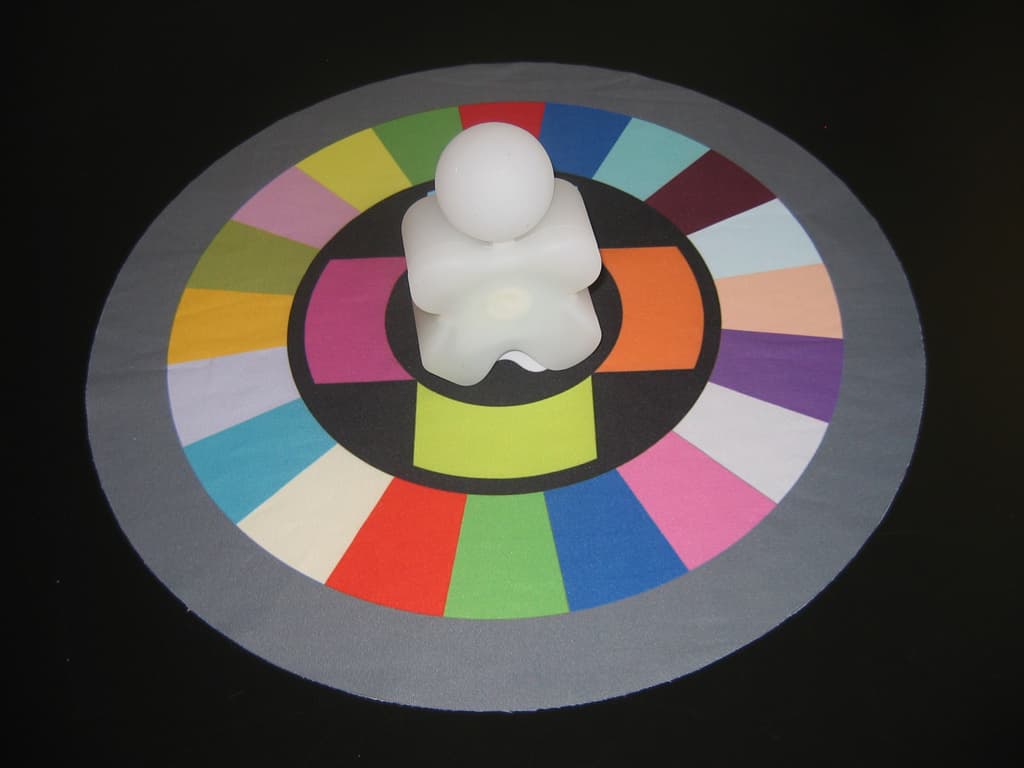
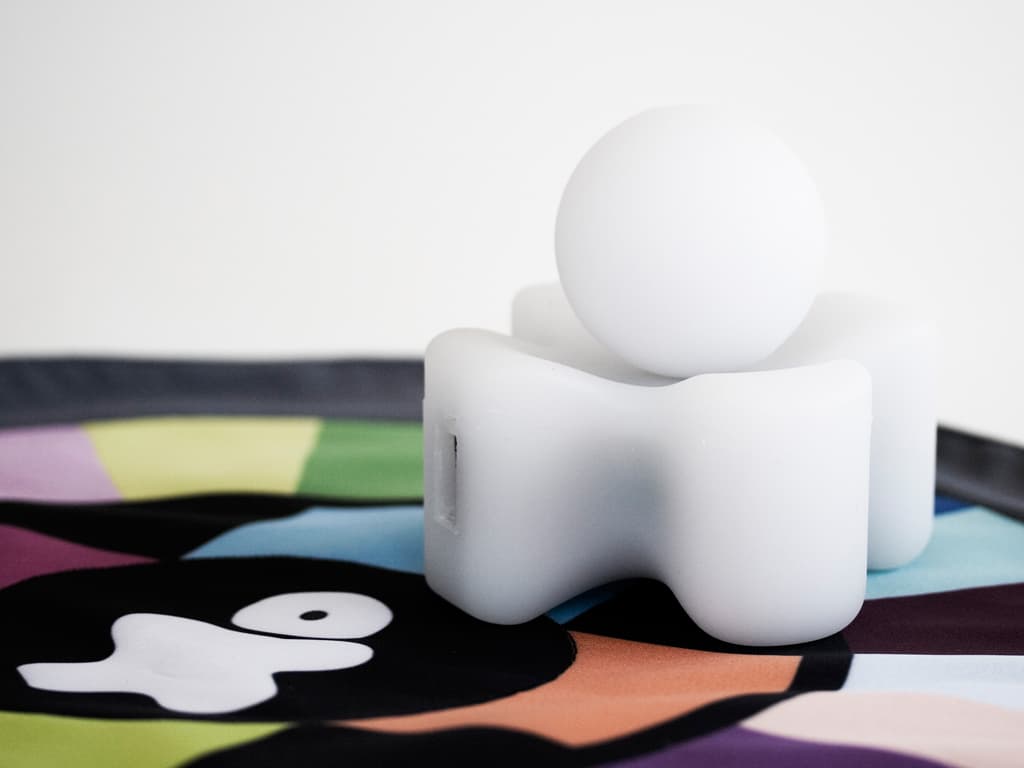
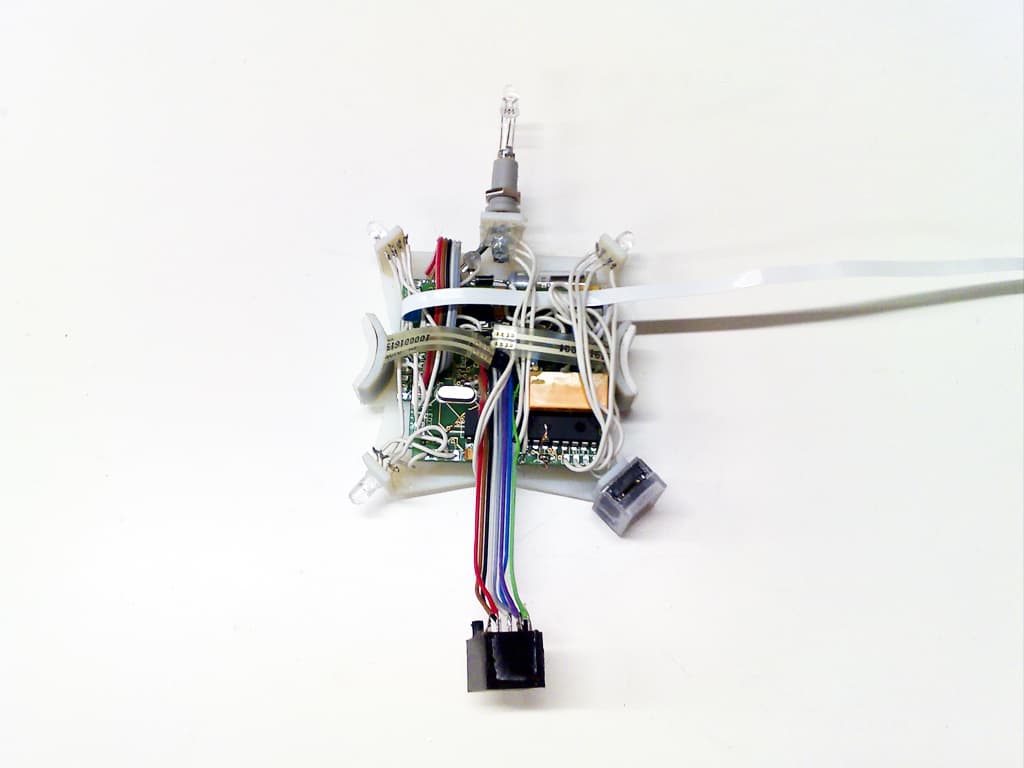
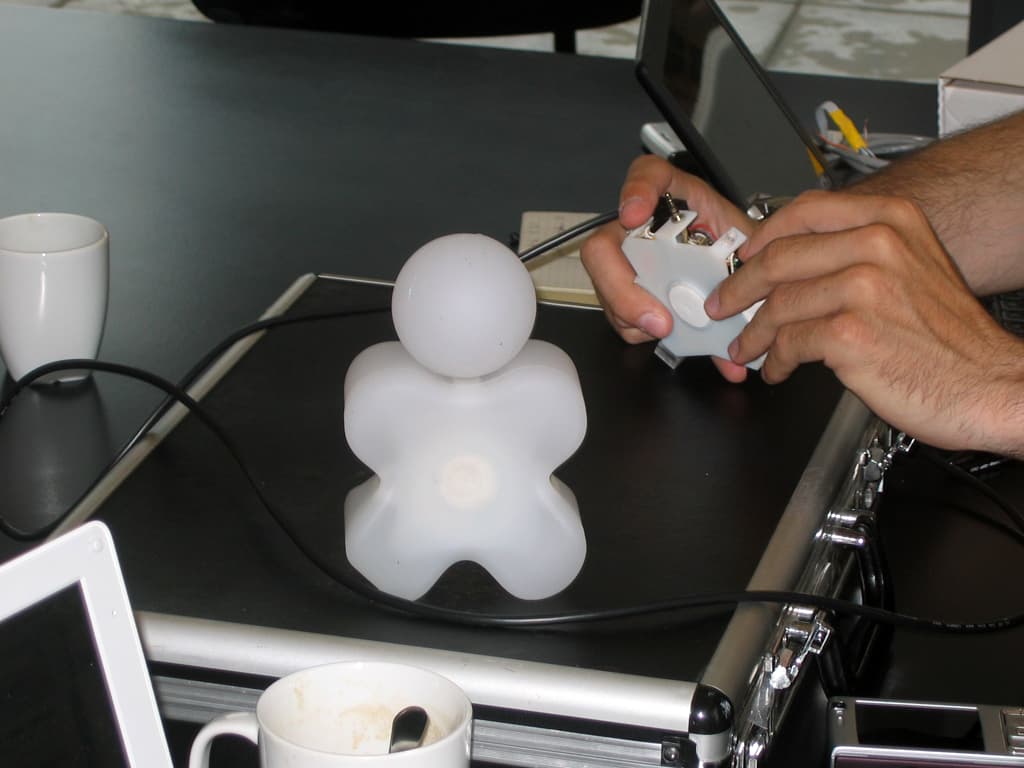
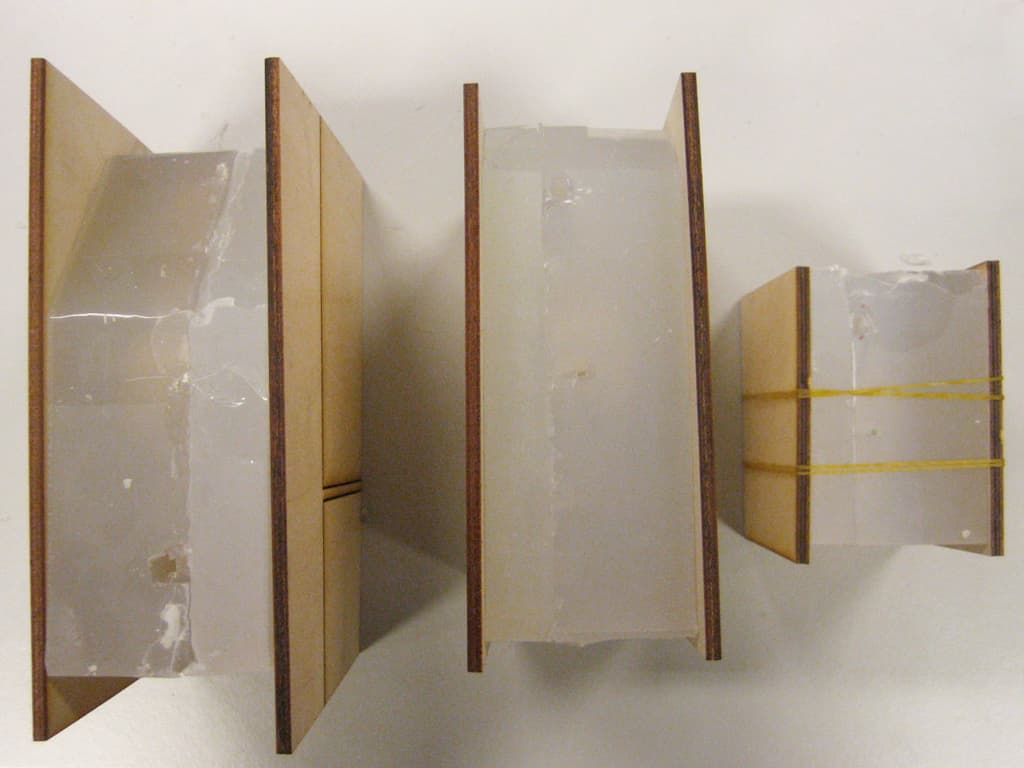
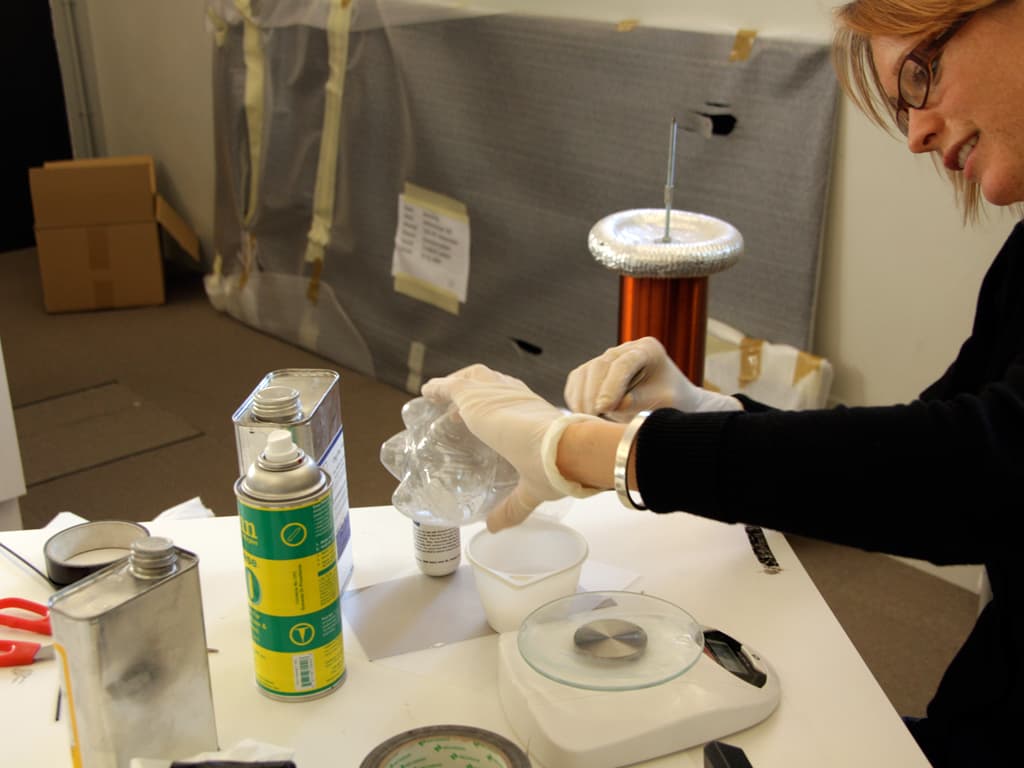
Meta data
Project duration
Publications
Financiers
- VSB Fonds
- Stichting Kinderpostzegels Nederland
- Ministerie van OCW
Partners
- StudioSophisti
- Agile Dovadi
